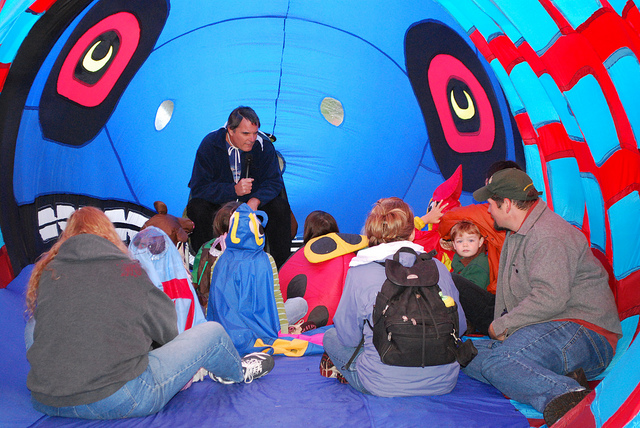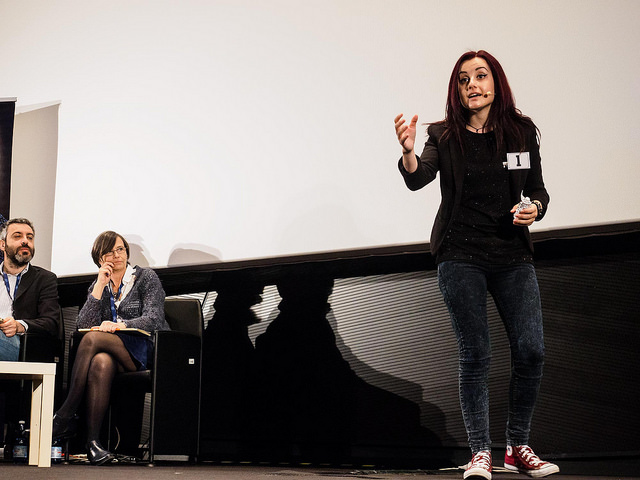“MODERN FAMILY: there’s a show I feel like I was born to write,” my friend said to me. “It’s like, I can anticipate every. Single. Joke. Before they get to the punch line, I already see the set-up and I know the payoff.”
Makes me think of watching cage fights, with George St. Pierre or Miguel Torres in the ring, and I’m anticipating the shovel punches and the fist-elbow combo thrown, and when his opponent’s going to shoot or if it’s a deke! and instead follows up with a kick, and I know he does this by avoiding deceits flowing from the hands the eyes the head. Instead, he locks on the hips like Master, and that’s how he anticipates every. Single. Punch.
But recognizing technique while reclined in the barcalounger is not the same as stepping into the ring with 155 pounds of War. And calling out a punch line isn’t the same as writing one.
Recognizing and anticipating puts your skill level a hair above those who blindly consume, and hardly an iota closer to someone who creates. Recognition is a tool in a poor man’s arsenal; safety scissors amidst scalpels. Before assuming you’ve got the chops for story, ask yourself: can you talk about which parts of the story work (and which don’t?) Can you break it down for people, step-by-step, moving through the story with a clear head and clear vision and clear words as to why this piece fits better over here than over there? Can you see past the words to spot the structure? Why is a show like Modern Family funny? Why does a bit work, not just on the funny haha level, but that deep, resonate in my gut level? Can you break down why some stories feel like discovering a soul mate and others just the cheap fulfillment of a one-night stand?
That’s ARTICULATION.
Go another level, past articulation, down to limbo, and you’ve discovered where real work happens. No liberties here, no staring at the near completed puzzle and saying, “of course the pay-off happens here, where else would it go?” You’ve CTRL+N’ed yourself to a document so bleak and white it’d give Edith Wharton a symbolic hard-on. Now, CREATE.
That’s the real work.
Yes, story be story. Anyone with years of books beneath their belts and movies behind their eyeballs gots a sense of what that is. Everyone’s got their inkling of the aesthetically pleasing. I look at Starry Night, I’m hit with the vague understanding of its appeal and allure. It doesn’t bring me half a step closer to investing in a Crayola 24-pack and hacking off an ear, though.
Consume. Recognize. Articulate. Create. In that order.
Fortitude and study, that’s what it’s going to take to learn the mechanics, to get a grasp on the science and move from one level to the next. Fortitude and study reveals the magic, and what is magic but some misdirection mixed with sleight of hand, built on a science foundation? Prepare to invest your time if you’re going to articulate rather than recognize, and create rather than articulate. No room for skeptics, neither. No time for rants on “my artistry, hear me roar! unbound by the boundaries of your box, by the man, by rules or convention!” Because art isn’t the doing away of structure, but its understanding: why it works and where it’s limited. Scrapping what fails and retooling the rest.
So where you going to get educated on your reversals, your turning points, your inciting incidents? How you going to study up on three-act structures and the placement of set-ups and payoffs?
By taking classes. Reading screenwriting books and treating the good ones like Testament. By listening to others talk about screenwriting, piping the knowledge of others directly into your brain every chance you get. By reading scripts: piles and piles, spanning across genre and generation.
And most importantly, by wringing out your brain every chance you get, putting pen to page and shedding stories. Even when you don’t think you’re ready. Even if you don’t think this story is ready to be shared.
So that when you find the story you were born to tell… you can.
Photo Credit: Gifford Pinchot National Forest








